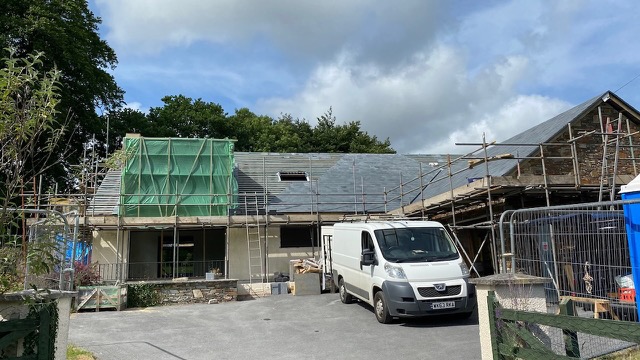

Unless you have been involved in any larger scale or commercial building works, it is unlikely that you will have heard of the Construction (Design and Management) regulations or CDM Regs. However, there has recently been a step change in the health and safety on construction sites, and it is now important to have some understanding of these regulations and how they relate to you as a client commissioning building works.
What are the Construction (Design and Management) Regulations 2015?
The CDM Regs are a set of regulations that were introduced to address the high number of injuries and deaths suffered in the construction industry. Up until 2015 domestic clients were largely exempt but the 2015 update brought them within the CDM jurisdiction.
The CDM regulations are designed to ensure that every construction job, however small, is carried out in a safe manner that will not impact on the health of the people working on the project and those who will use the building.
The duties of the Client under the CDM Regs
As a client, you will have duties under the CDM Regs. These include:
- ensuring that you have provided as much information about a site as you possess so that any risks can be assessed and mitigated as necessary;
- ensuring that those you employ to carry out the project have the necessary skills, knowledge and experience;
- responsibility for the welfare of those you employ to carry out the building works;
- ensuring that the site is secure and cannot be accessed by unauthorised visitors who might suffer harm.
Failure to comply with these regulations can lead to heavy fines or even imprisonment if an accident occurs on site.
The good news is that if you appoint a single contractor to carry out the build your responsibilities pass to them, provided you are content that they have the necessary skills, knowledge and experience to carry out the work and that they are aware of their duties under the CDM Regulations.
As architects, we also have responsibilities towards both the people building our designs, and the end user of the builder. Our duties are as follows:
- we must take account of all pre-construction information provided by the client (this can include knowledge of hazards such as under ground or over ground power lines, presence of asbestos, etc);
- eliminate foreseeable health and safety risks to anyone building the project or using its;
- take steps to reduce these risks if they cannot be avoided.
As mentioned above, if a single contractor is employed then your obligations under the CDM regulations ceed to them, for it is recognised that domestic clients are less likely to have the experience and knowledge necessary to run a project on site.
The contractor’s duties are as follows:
- to make sure the client is aware of their duties under CDM 2015 before any work starts;
- to plan, manage and monitor all work carried out by themselves and their workers, taking into account the risks to anyone who might be affected by it (including members of the public) and the measures needed to protect them;
- to check that all workers they employ or appoint have the skills, knowledge, training and experience to carry out the work, or are in the process of obtaining them;
- to make sure that all workers under their control have a suitable, site-specific induction;
- to provide appropriate supervision, information and instructions to workers under their control;
- to ensure they do not start work on site unless reasonable steps have been taken to prevent unauthorised access;
- to ensure suitable welfare facilities are provided from the start for workers under their control, and maintain them throughout the work;
From the above it is important to understand that if you decide to self-manage even a small part of the project and employ workers direct, you need to fulfil the role of the contractor with the attendant liabilities that this brings.
If there is more than one contractor on site (this does not apply to sub-contractors employed directly by the contractor) then a client will also need to appoint a Principal Designer and Principal Contractor in writing to ensure that their health and safety responsibilities are fulfilled by others.
This may all seem rather confusing and possibly a little alarming in view of the attendant liabilities, but in the vast majority of domestic projects that we are involved with, you will appoint an architect and a contractor, and your on-site duties then pass to the latter. If your project is more complicated then we can advise you of the best way forward to navigate your build.